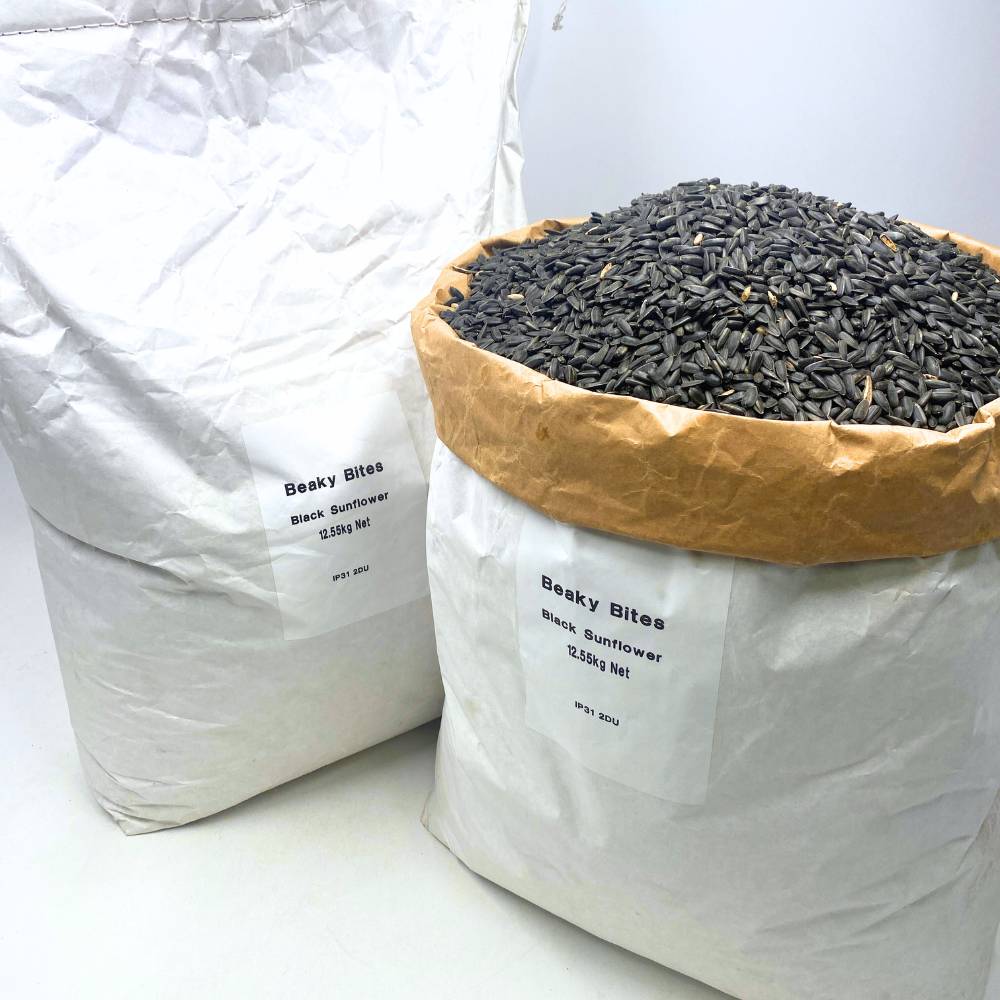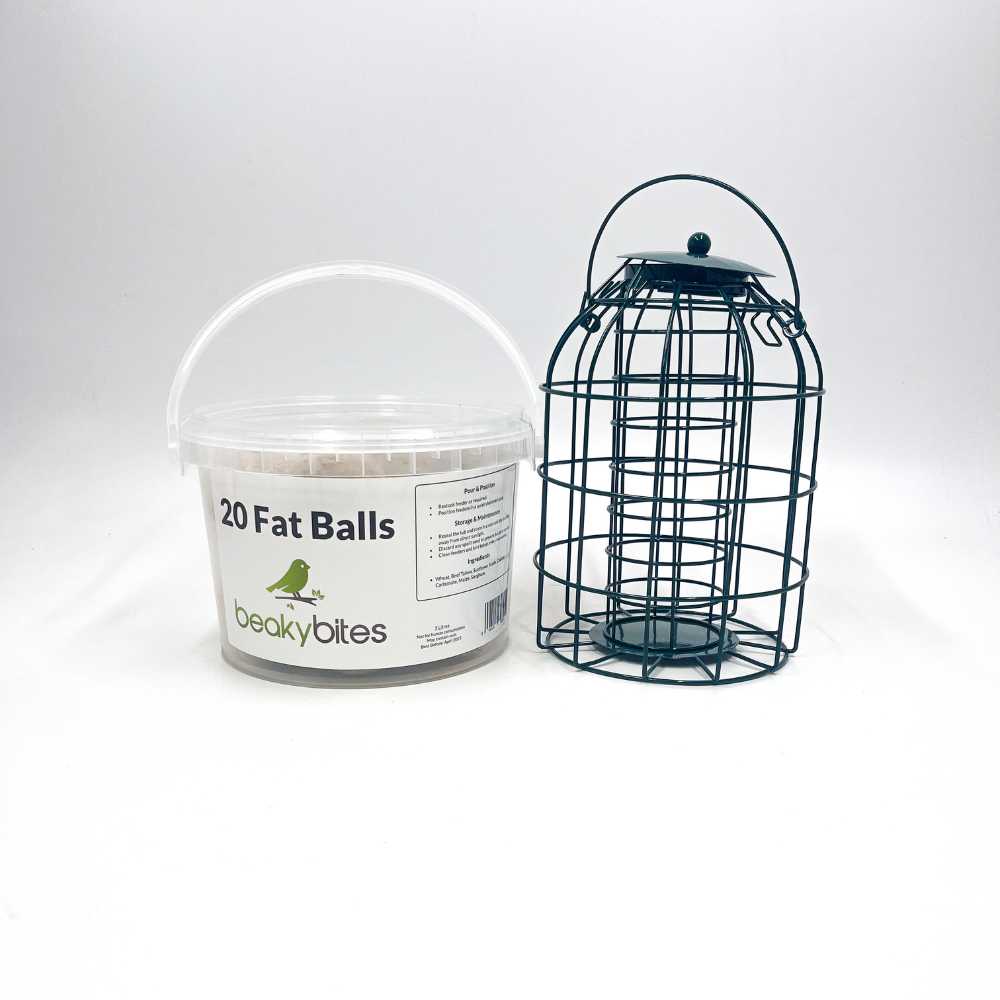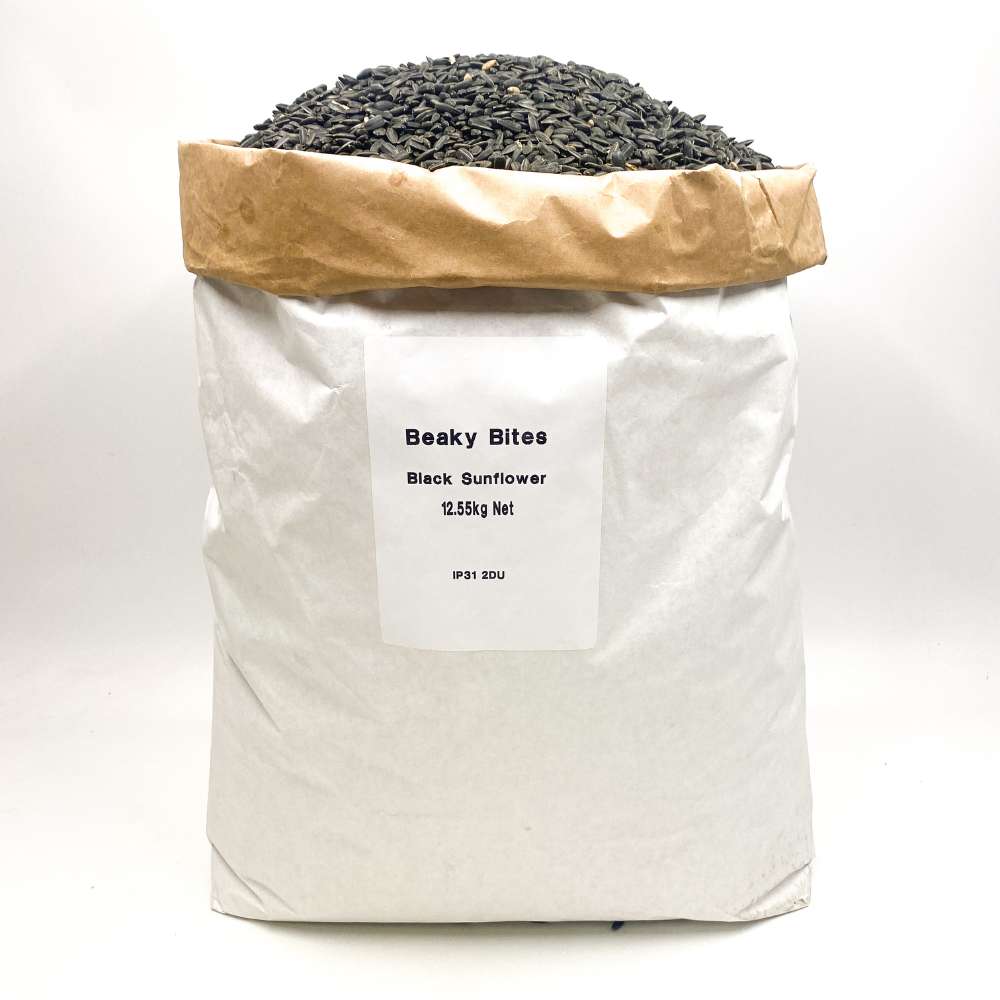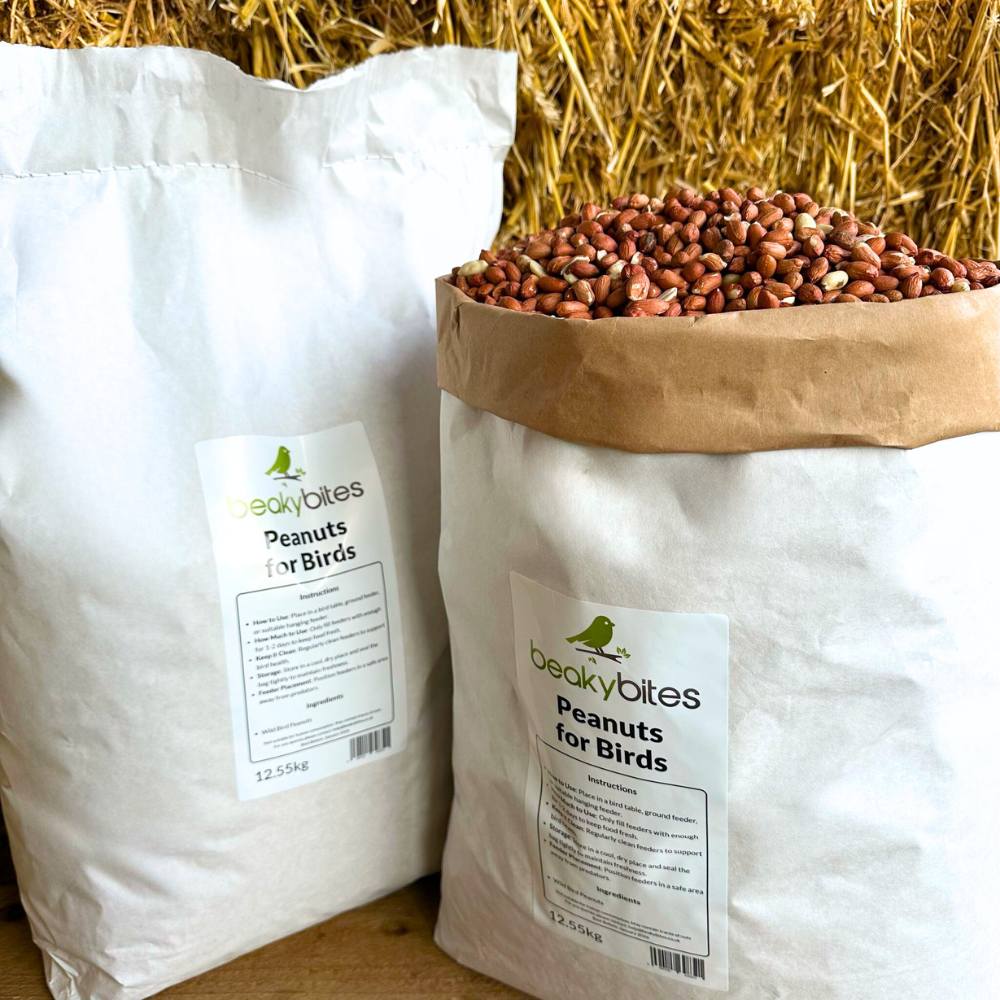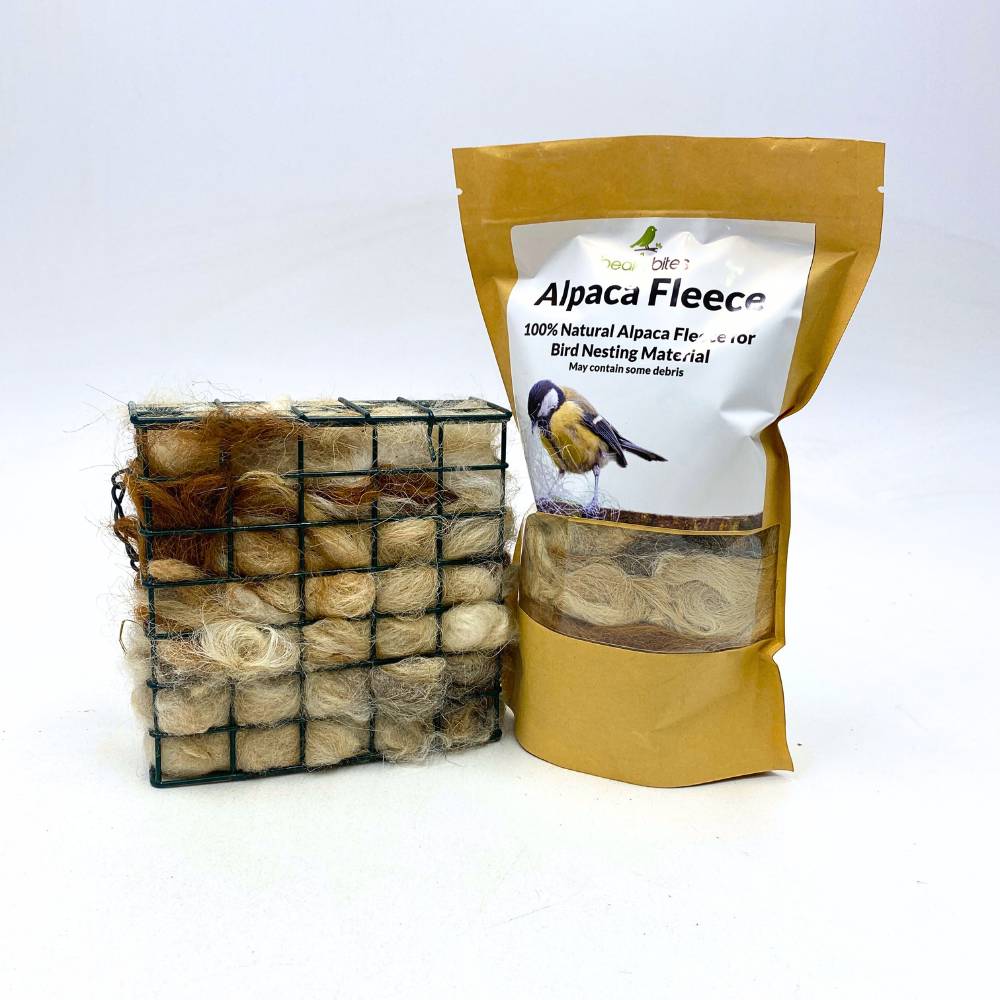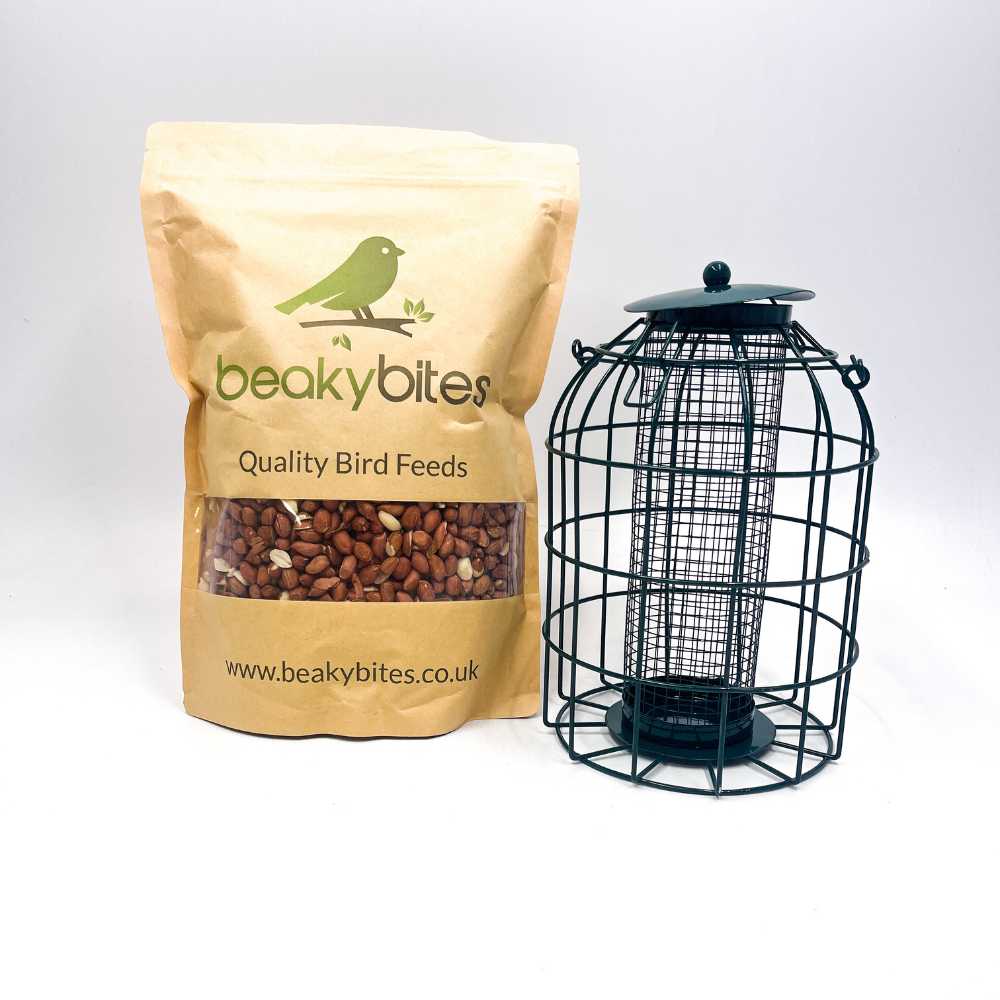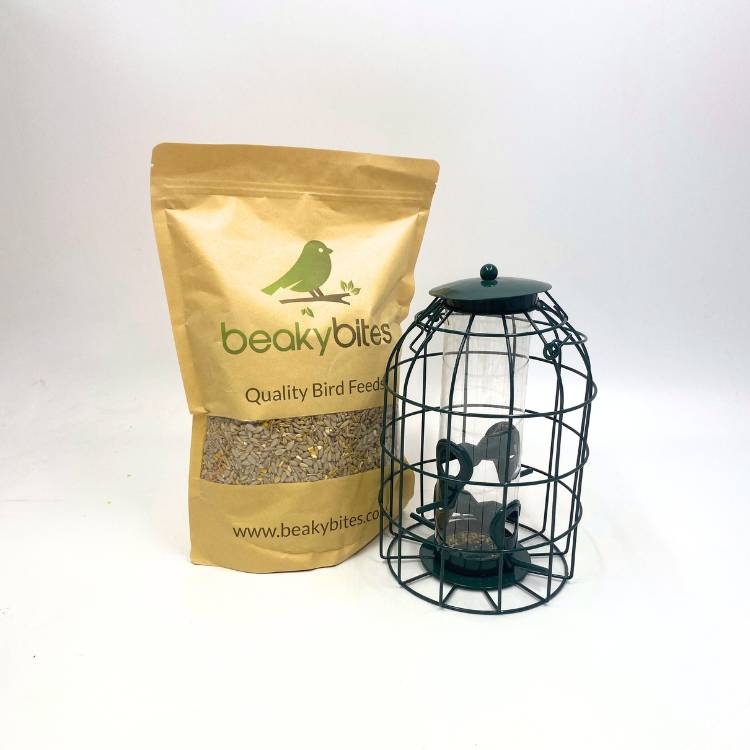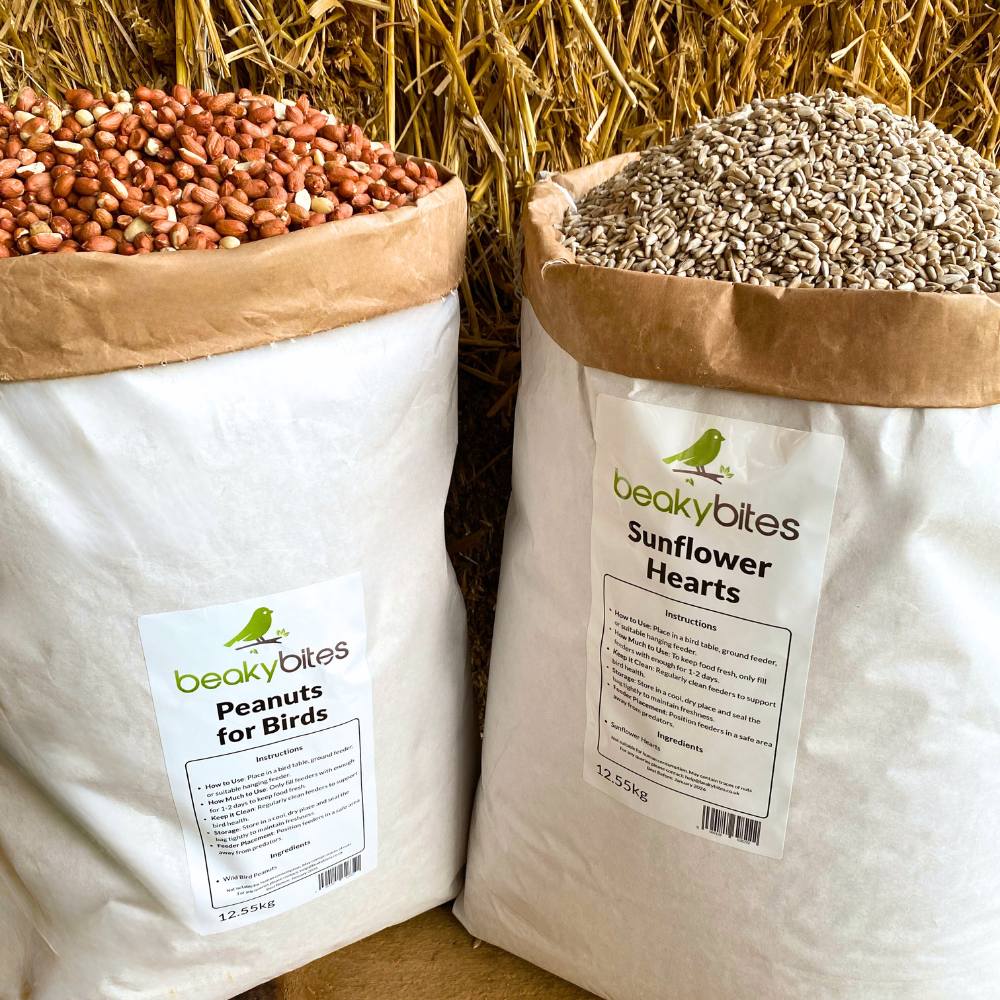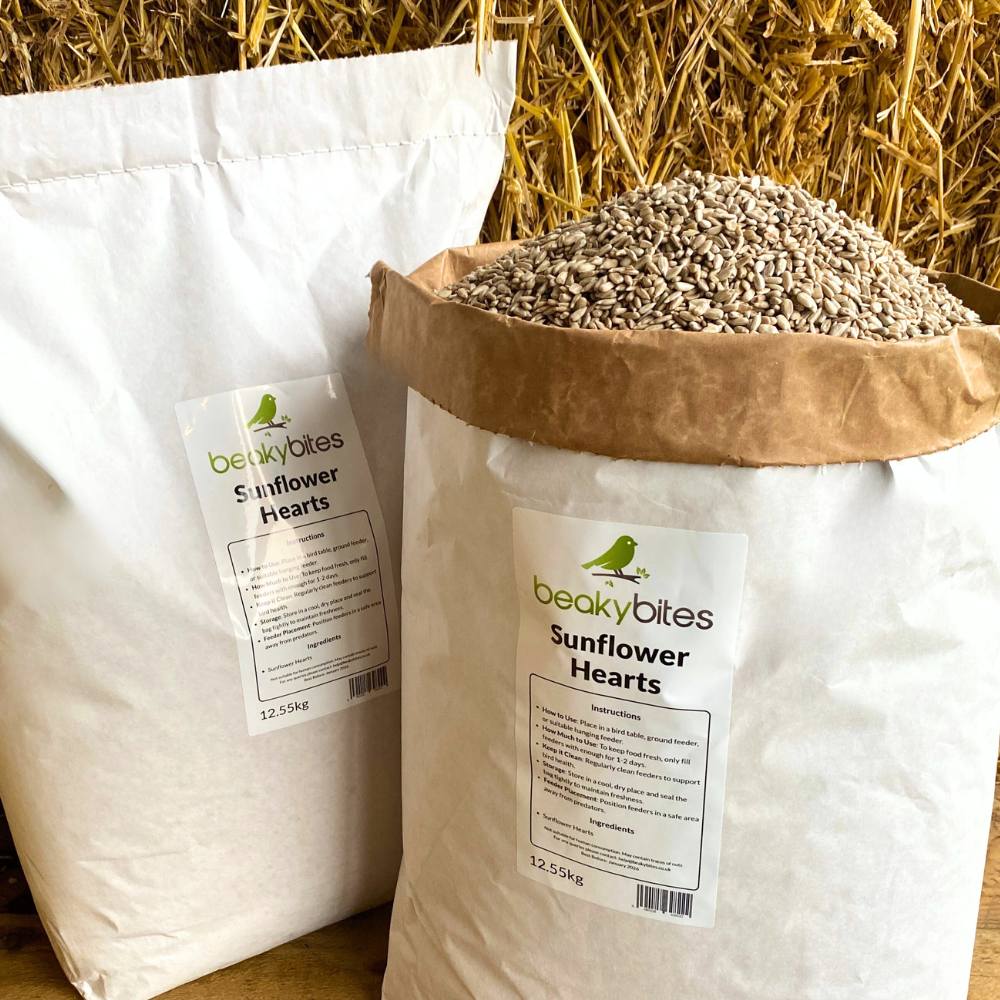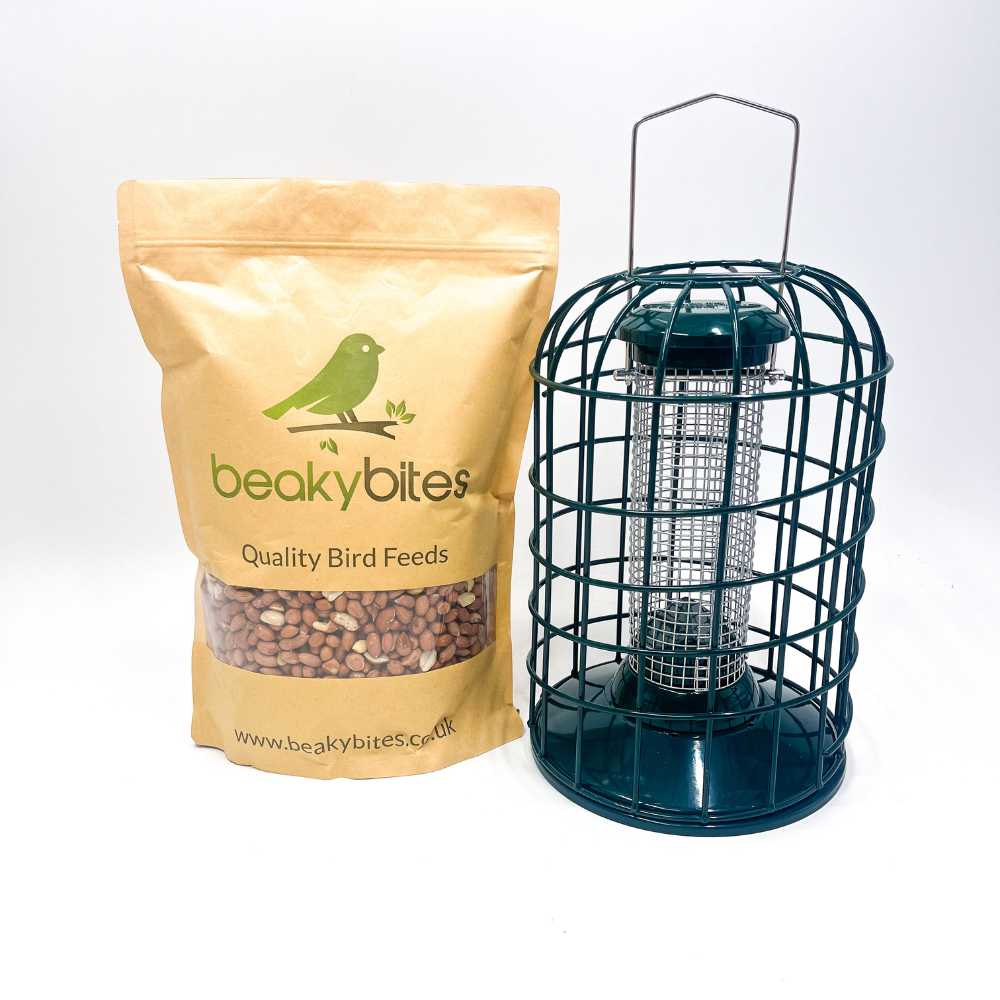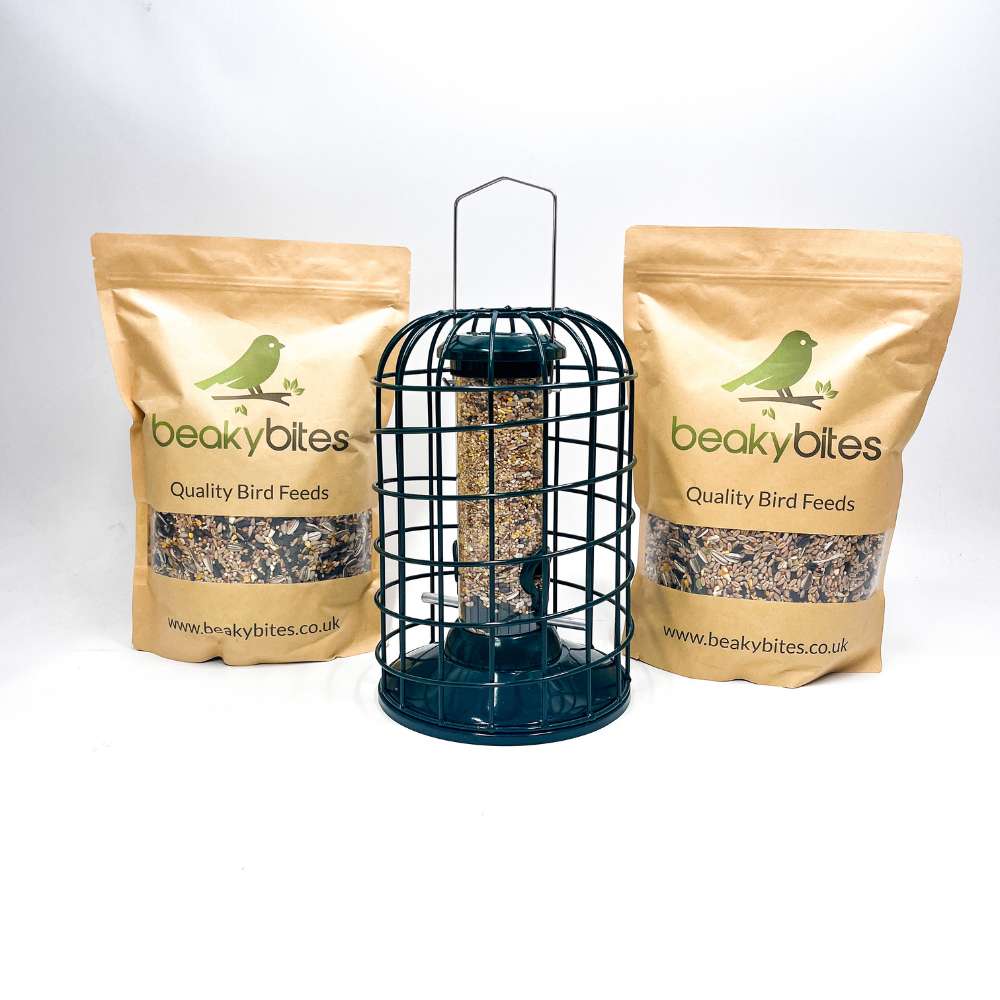Deterring Cats from Bird Feeders: Simple Ways to Keep Wild Birds Safe
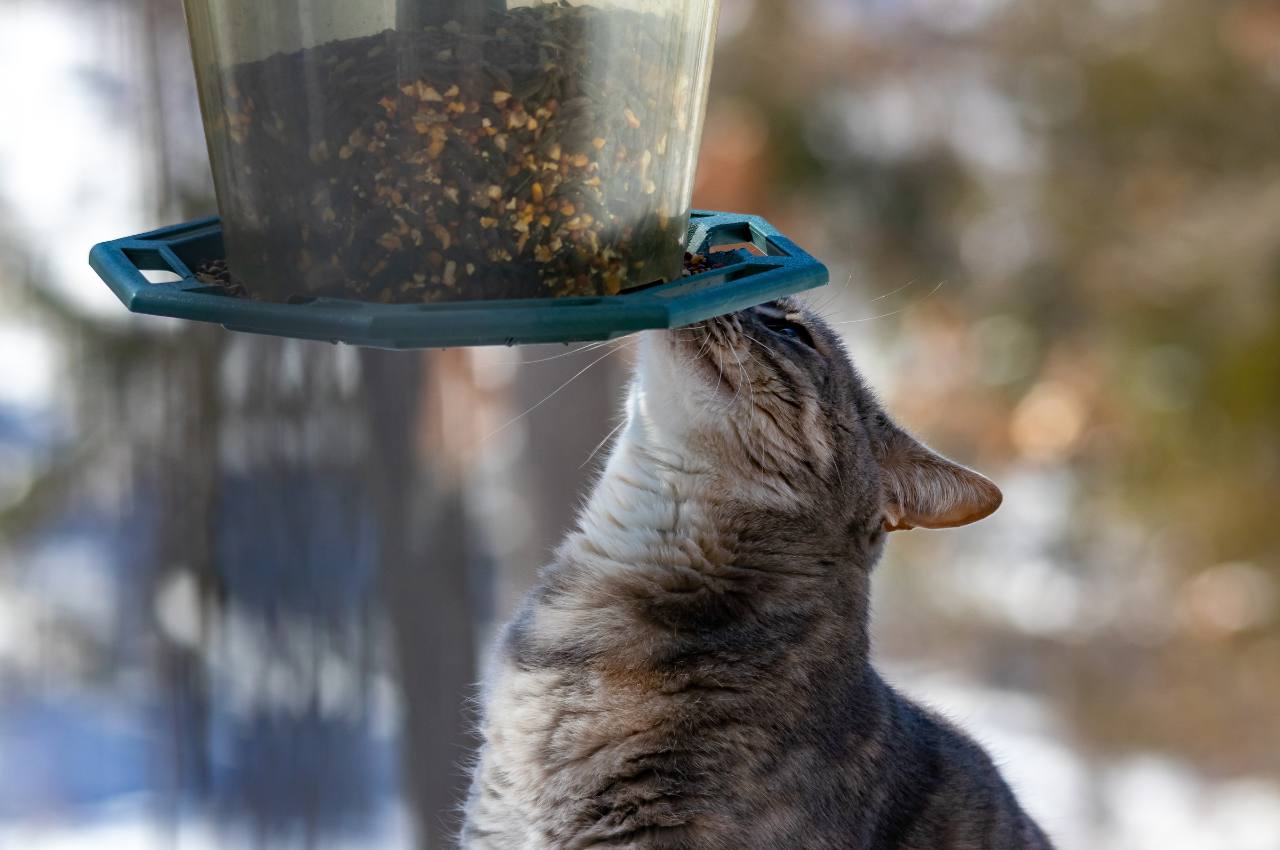
How to Protect Wild Birds from Cats: Tips and Tricks
Cats are a big threat to wild birds. If you want to know how to protect wild birds from cats, this article covers keeping cats indoors, creating bird friendly gardens and managing stray cat populations.
Quick Facts
Keeping cats indoors is key to protecting wild bird populations and your pets.
Dense vegetation in gardens give birds protection from predators and ecosystem biodiversity.
Educating communities and collaborating on responsible pet ownership can reduce the impact of feral cats on wildlife.
Keep Cats Indoors for Bird Safety
One of the best ways to protect wild birds is to keep cats indoors. Domesticated cats are natural hunters and their instincts can harm bird populations. Many wildlife ecologists recommend keeping cats indoors to mitigate the threat to local wildlife including birds.
Responsible cat ownership means our pets don’t become a danger to other animals. Keeping cats indoors protects wild birds and your pet. Supervised indoor life can coexist with feeding birds in your garden, you can enjoy both without conflict. Plus keeping a cat indoors can also make them safer.
Managing feral cat populations is another step in minimising their ecological impact. Neutering programs can control the number of feral cats and reduce their predation on local wildlife. Supporting such programs contributes to a healthier ecosystem where birds and cats can thrive.
Indoor cats are also safe from outdoor dangers. Outdoor cats face risks from traffic, diseases and other animals. Keeping cats inside means a longer and healthier life for them and wild birds.
Transitioning your cat to indoor life may take effort but it’s worth it. With the right toys, climbing structures and interactive play indoor cats can lead a fulfilling life without harming local bird populations. Now let’s get to creating your bird friendly garden.
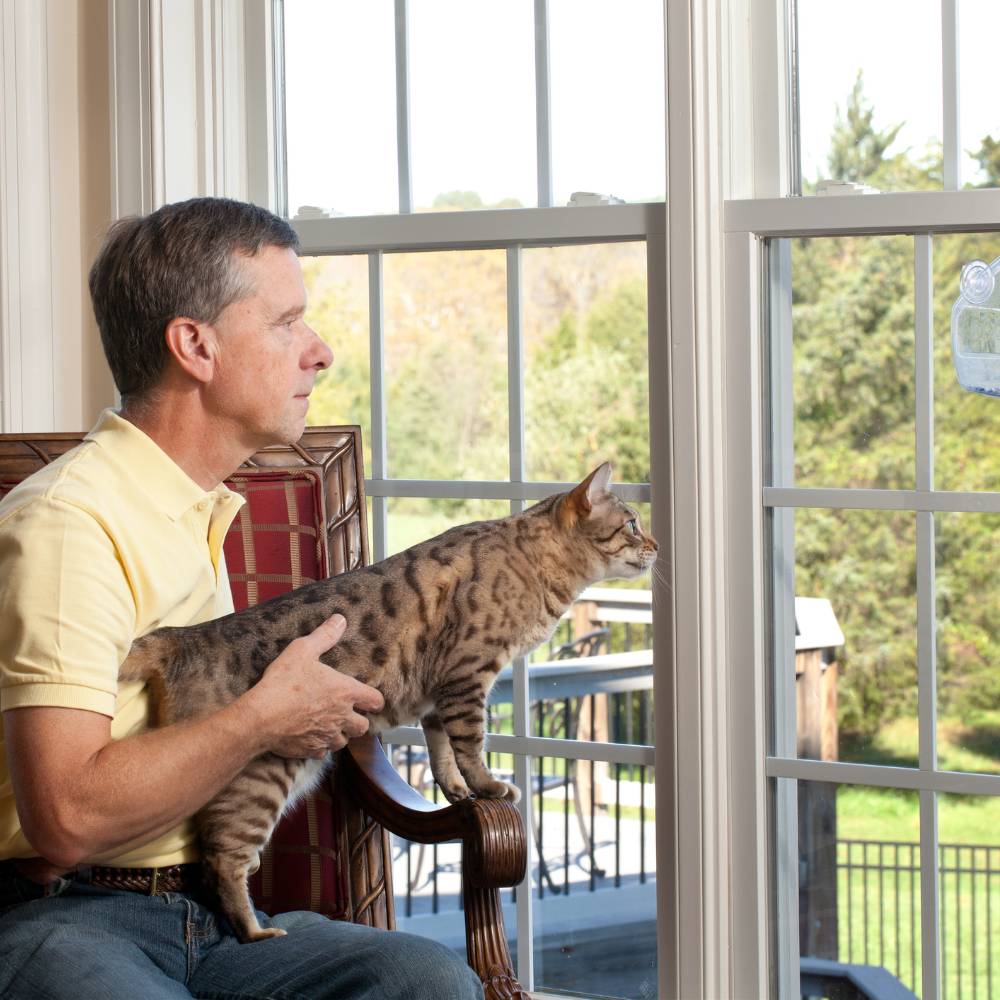
Create a Safe Space with Dense Vegetation
Dense vegetation in your garden provides cover for many birds from predators. Thick plantings of native shrubs and trees give birds a place to hide from predators like cats.
When designing your garden consider a layered effect. This not only looks good but also gives birds multiple levels of protection. Meadows and wildflower gardens for example create natural habitats that protect birds and provide them with food sources. Also dense vegetation supports a wider ecosystem by attracting insects and small animals which in turn provide food for birds. It’s a win-win situation where your garden becomes a hub of biodiversity. These changes reduce the impact of cats which kill hundreds of millions of birds every year in the UK.
With these green refuges in place you’re well on your way to creating a bird friendly environment. Now let’s talk about how to position bird feeders to further enhance bird safety.
Positioning Bird Feeders
Positioning bird feeders minimises the risk of cat predation. Place feeders 8-10 feet away from cat hiding spots like bushes or structures. Open spaces around bird feeders allow birds to see approaching cats before they get too close. This gives birds a chance to escape and reduces the chance of a cat ambush. Careful planning of feeder placement reduces the risk to garden birds.
Consider placing feeders in open areas where birds have a clear line of sight. This positioning helps birds feel safer while feeding and encourages them to visit your garden more often. Ground feeders can attract a variety of bird species but should also be placed in open areas to prevent cat attacks.
Clean your bird feeders regularly to prevent mouldy bird seed and bird poo which can harm birds. Make sure feeders are well maintained and stocked with fresh bird food and your feathered visitors will be happy and healthy. Now onto the next tip, let’s talk about why you should not feed stray cats.
Don’t Feed Stray Cats
Feeding stray cats might seem like a kind gesture but it can actually increase the number of free ranging cats that kill wildlife. Stray cats often become part of the feral population and intensify the threat to wild birds and other animals.
When pets are abandoned they face many dangers such as predators, starvation and exposure. Those that survive often integrate into the feral stray population and exacerbate the problem. To prevent this it’s important to not feed stray cats and instead support neutering programs to manage their numbers.
Some experts recommend a dusk to dawn curfew for outdoor cats. This balances the needs of wildlife and pet welfare, reducing night time predation on birds. Adhering to this curfew protects wild birds while allowing some outdoor time for your cat. If you see stray cats consider contacting local animal shelters or rescue organisations. These groups can provide resources and support for neutering and finding homes for stray cats and reduce their impact on wildlife.
Not feeding stray cats and supporting community initiatives is crucial for wild birds. Now let’s look at educating and collaborating with your community.
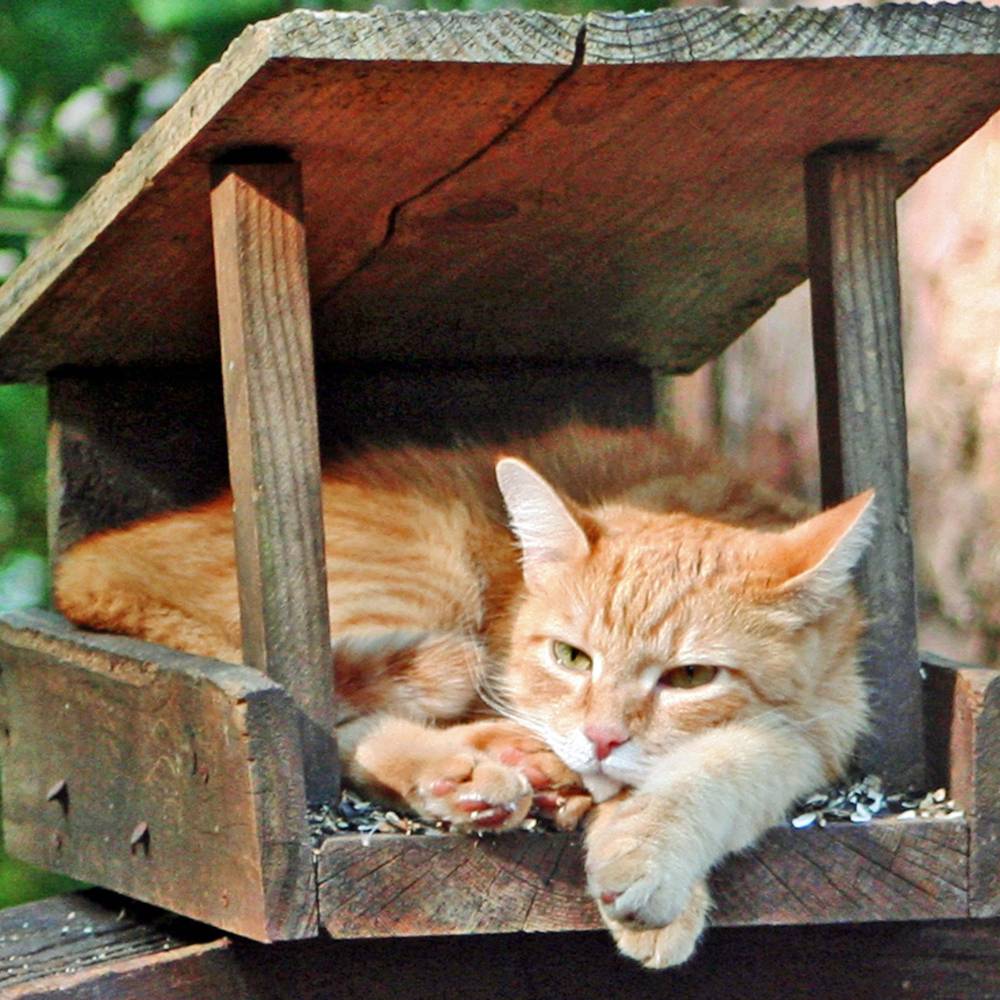
Educate and Collaborate with Community
Community education and collaboration is key to protecting wild birds and managing cat populations. The number of pet cats in the UK has grown significantly and the presence of free ranging domestic cats has been linked to significant declines in bird populations due to predation. Educating neighbours and having community conversations promotes responsible pet ownership and wildlife conservation.
Feeding stray cats contributes to their population growth and increases the likelihood of them hunting local wildlife. Encouraging community members to not feed strays and support neutering programs can help manage this issue.
Talking to cat and bird enthusiasts can lead to shared solutions for wildlife conservation. Communities working together can develop strategies to protect birds while caring for cat wellbeing.
Community action is a powerful way to amplify your efforts in protecting wild birds. As we conclude let’s summarise the points and reflect on the importance of these.
Conclusion
In summary protecting wild birds from cats is a combination of; keeping cats indoors, creating dense vegetation, positioning bird feeders, not feeding stray cats and educating your community. Each of these steps is crucial for our feathered friends.
By following these tips you’re contributing to a healthier ecosystem where birds and cats can coexist. Let’s work together for all wildlife. Your actions matter.
Frequently Asked Questions
Will eating bird seed harm my dog?
- Answer: Eating a small amount of bird seed is generally safe for your dog but eating a large quantity can cause gastrointestinal upset like vomiting and diarrhoea. Keep an eye on their intake to avoid any issues.
How do I keep my neighbour’s cat away from my bird feeder?
- Answer: To keep your neighbour’s cat away from your bird feeder place the feeder on a high thin pole that’s difficult for cats to climb. This setup makes it less accessible and protects your feathered visitors.
How can I stop cats from killing birds in my garden?
- Answer: To protect the birds in your garden keep your cats indoors and put a bell on their collars so the birds can hear them coming. Also feed your cats well and play with them to reduce their hunting instinct.
How to keep a bird safe from cats?
- Answer: To keep birds safe from cats use deterrents like chicken wire around your garden and don’t feed stray cats. Also put a bell on your cat’s collar so the birds can hear them coming.
Why should I keep my cat indoors?
- Answer: Keeping your cat indoors is a good idea to protect wildlife and your cat from dangers like traffic, diseases and predators. It’s a safer environment for everyone!

